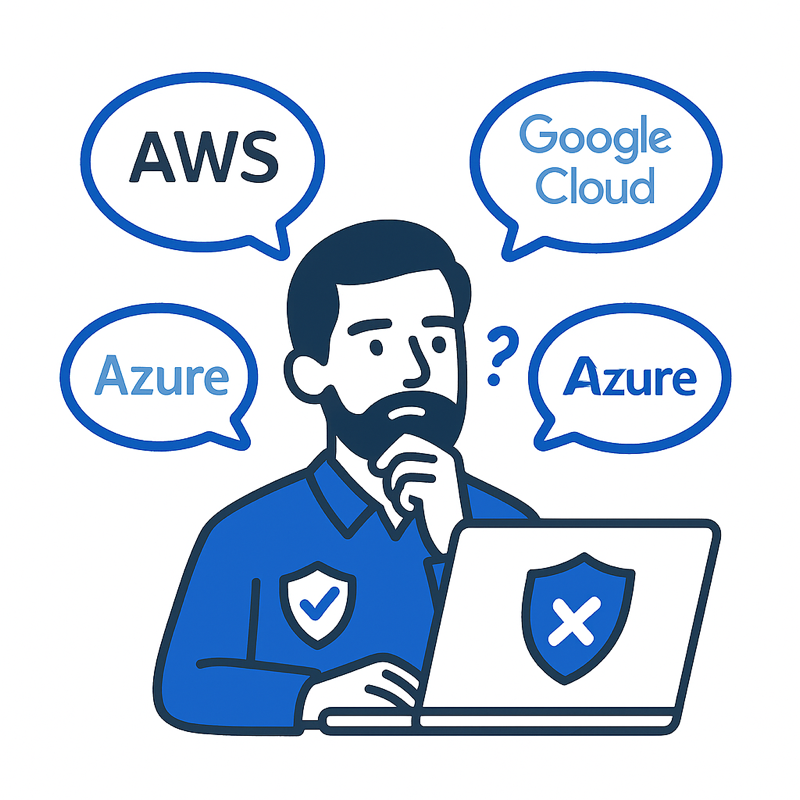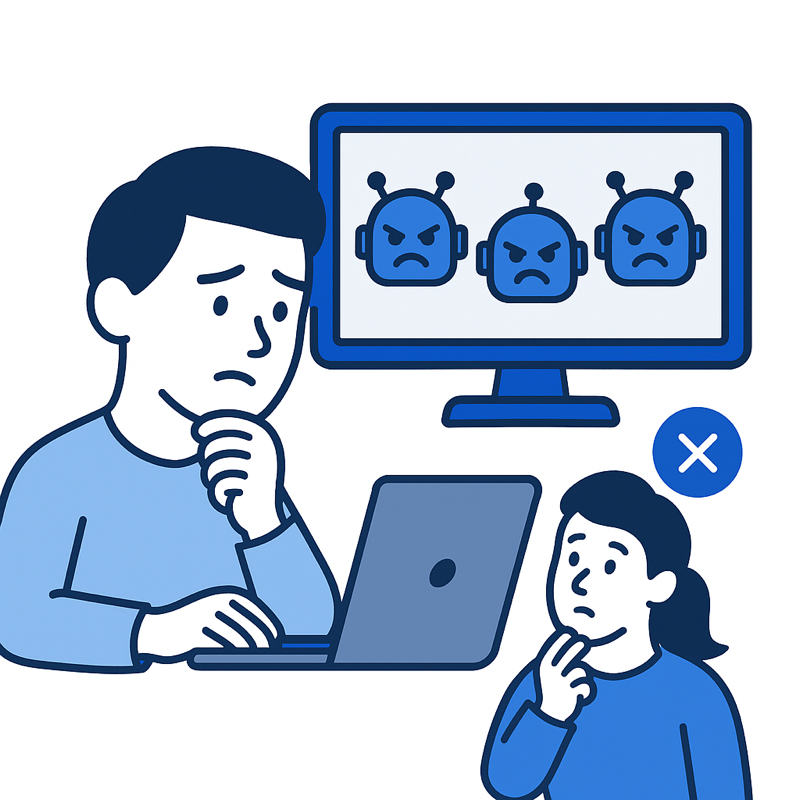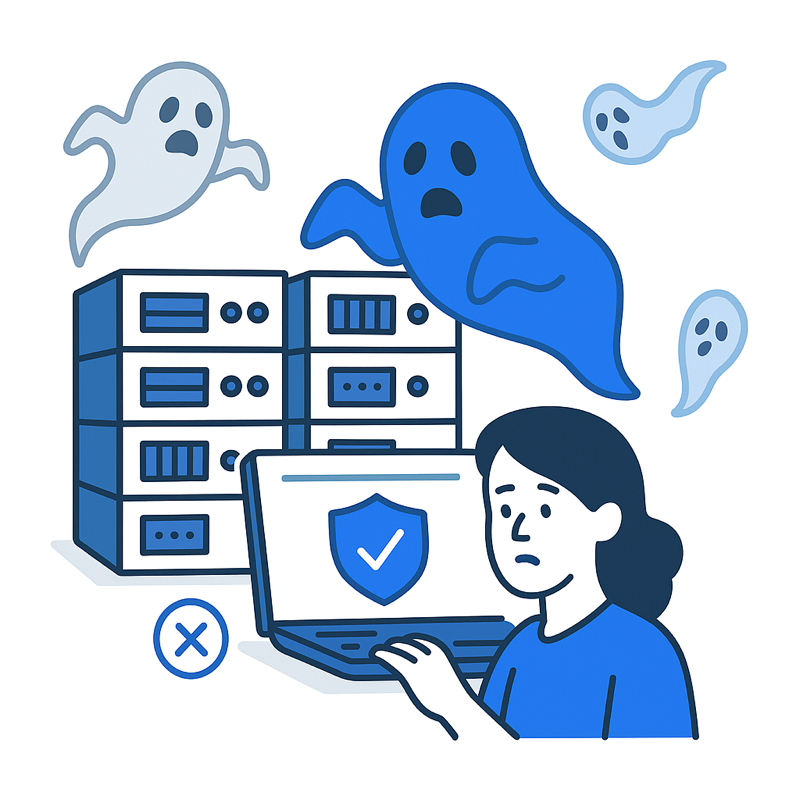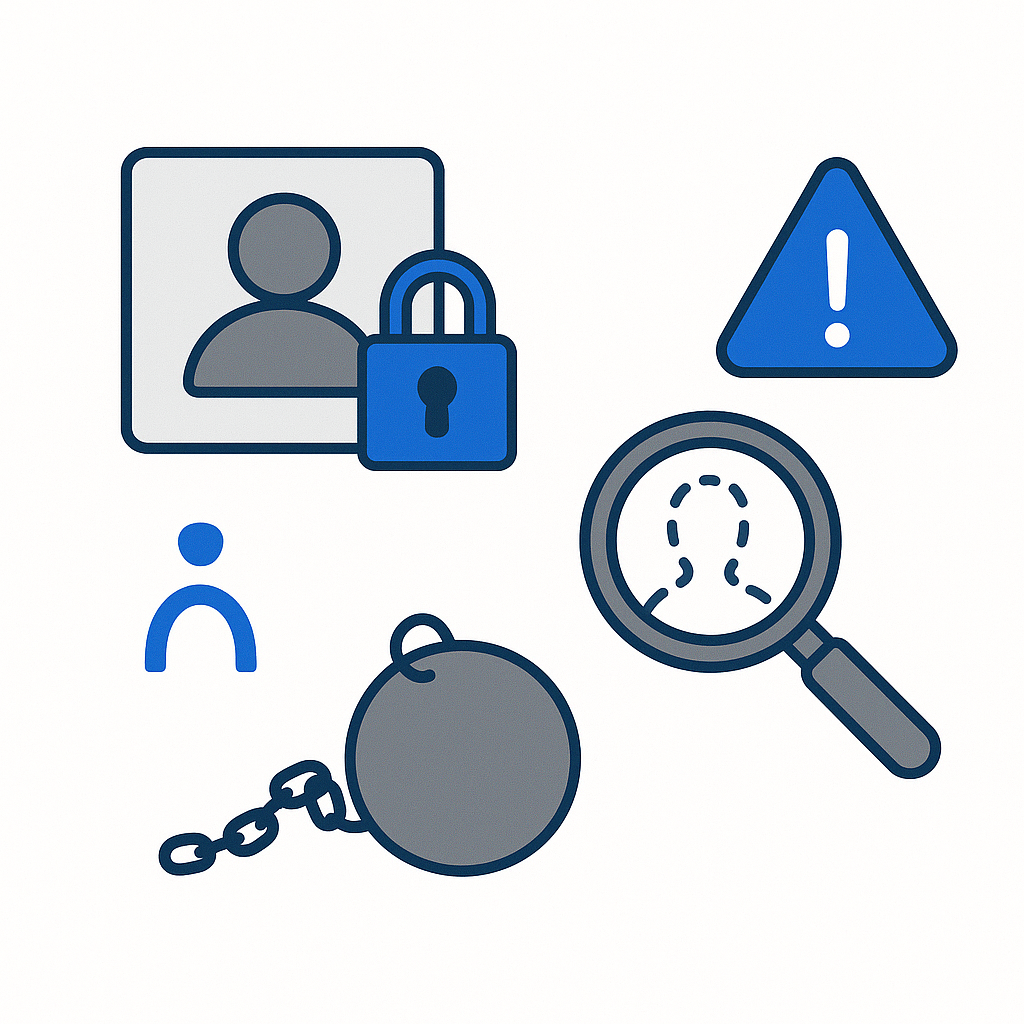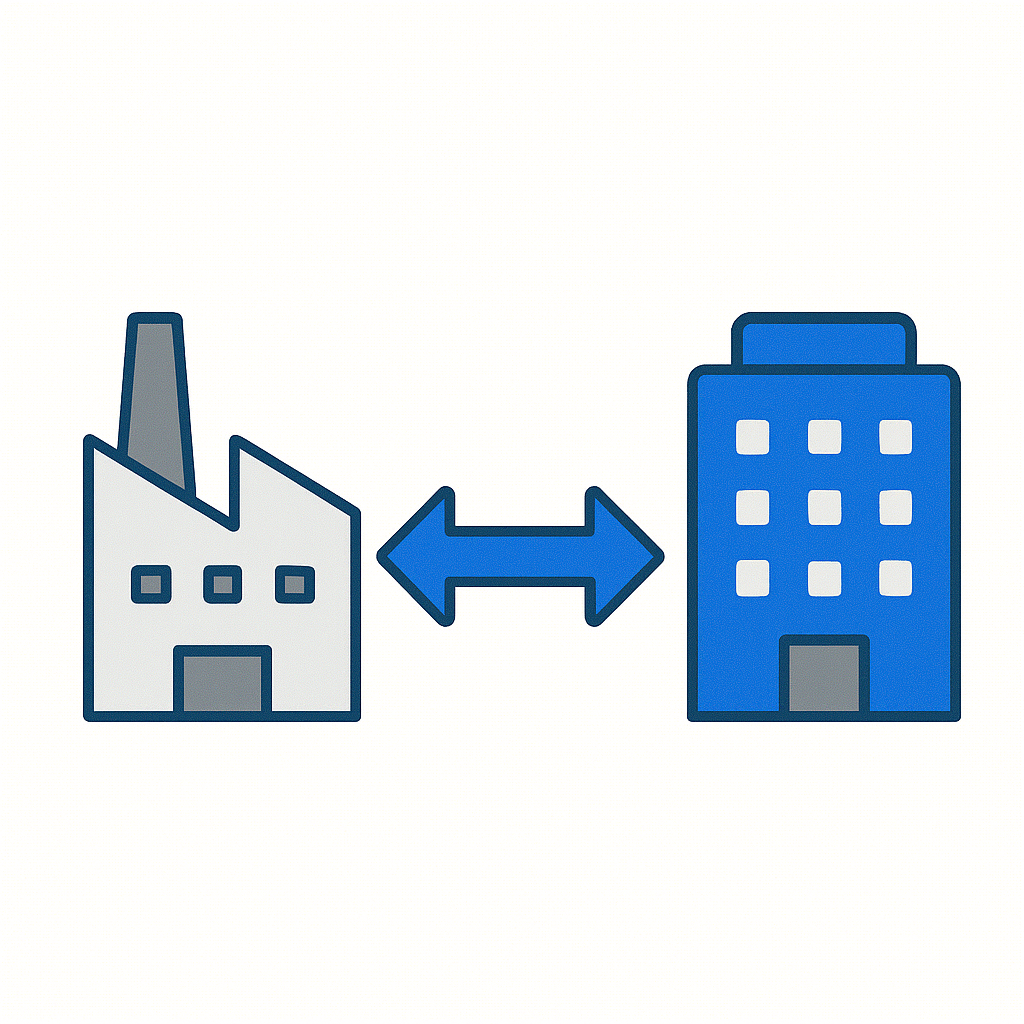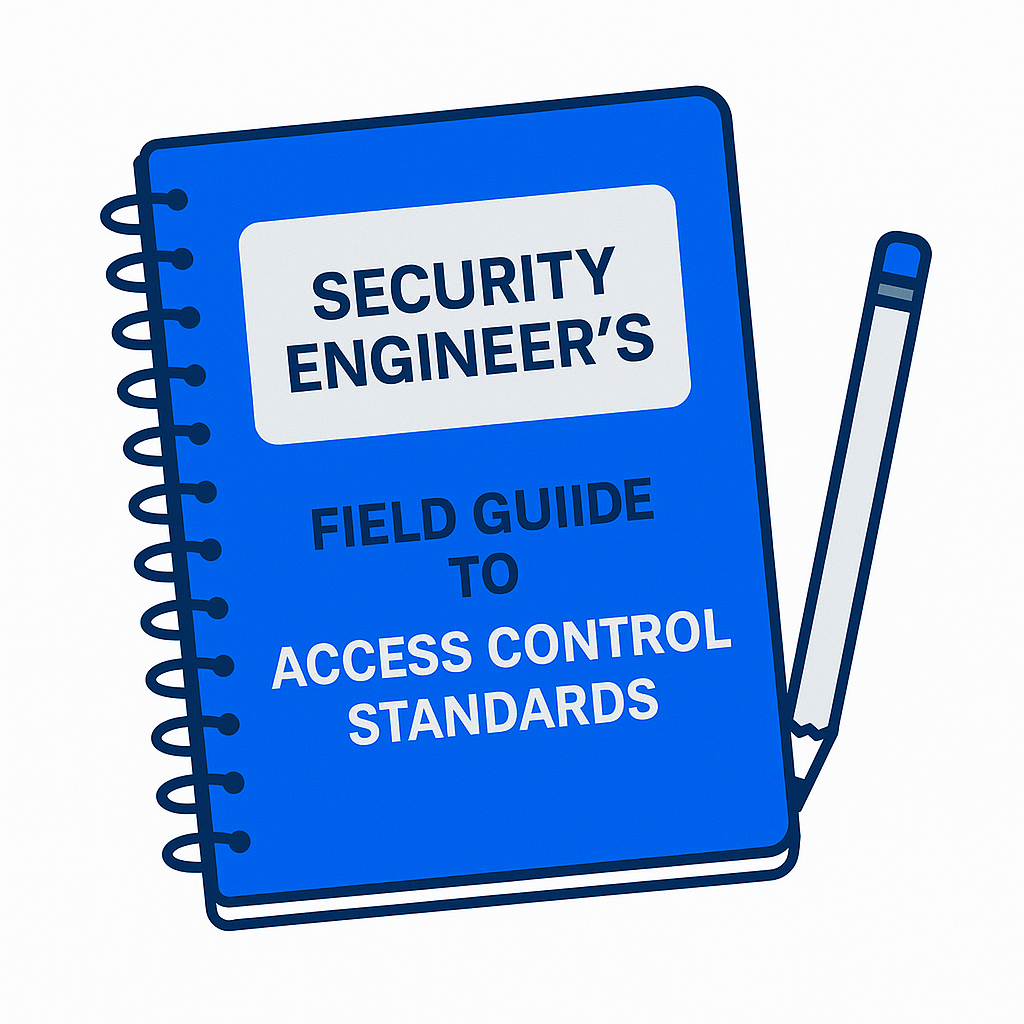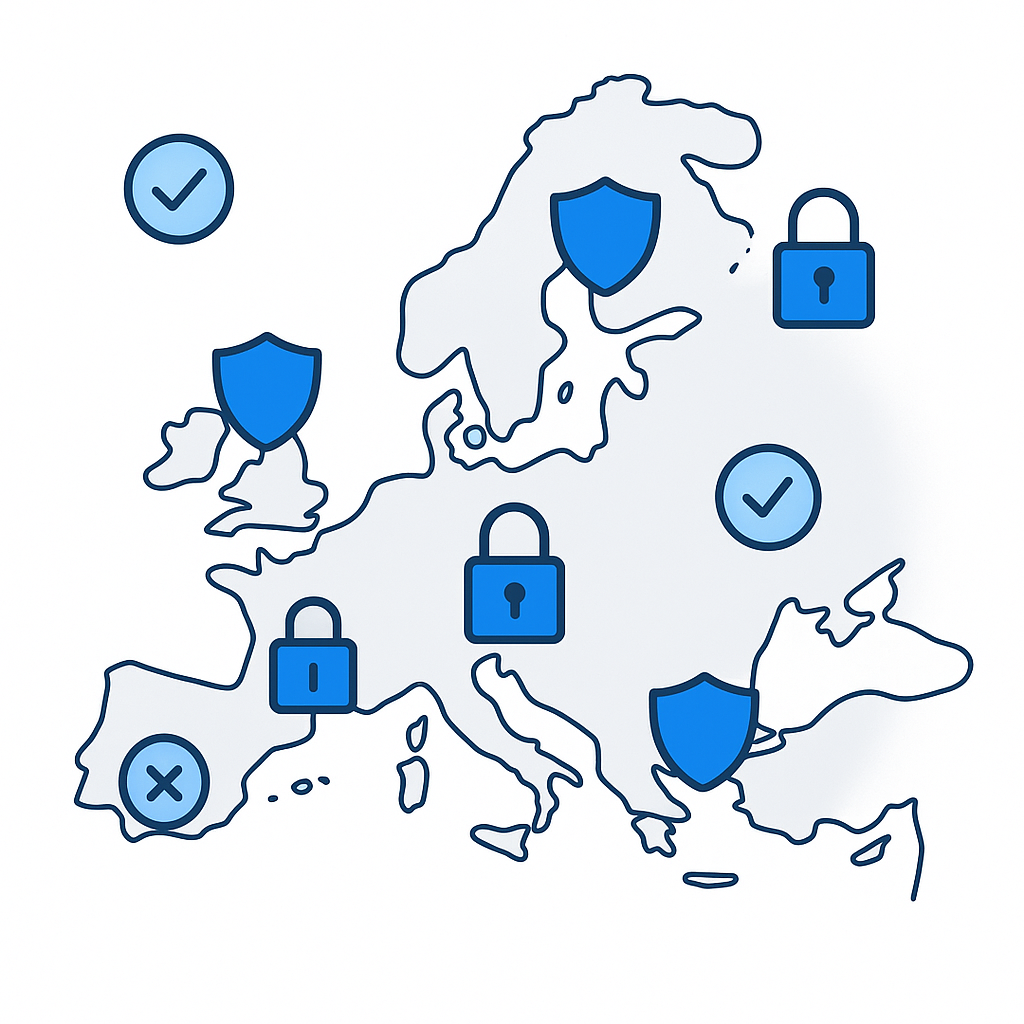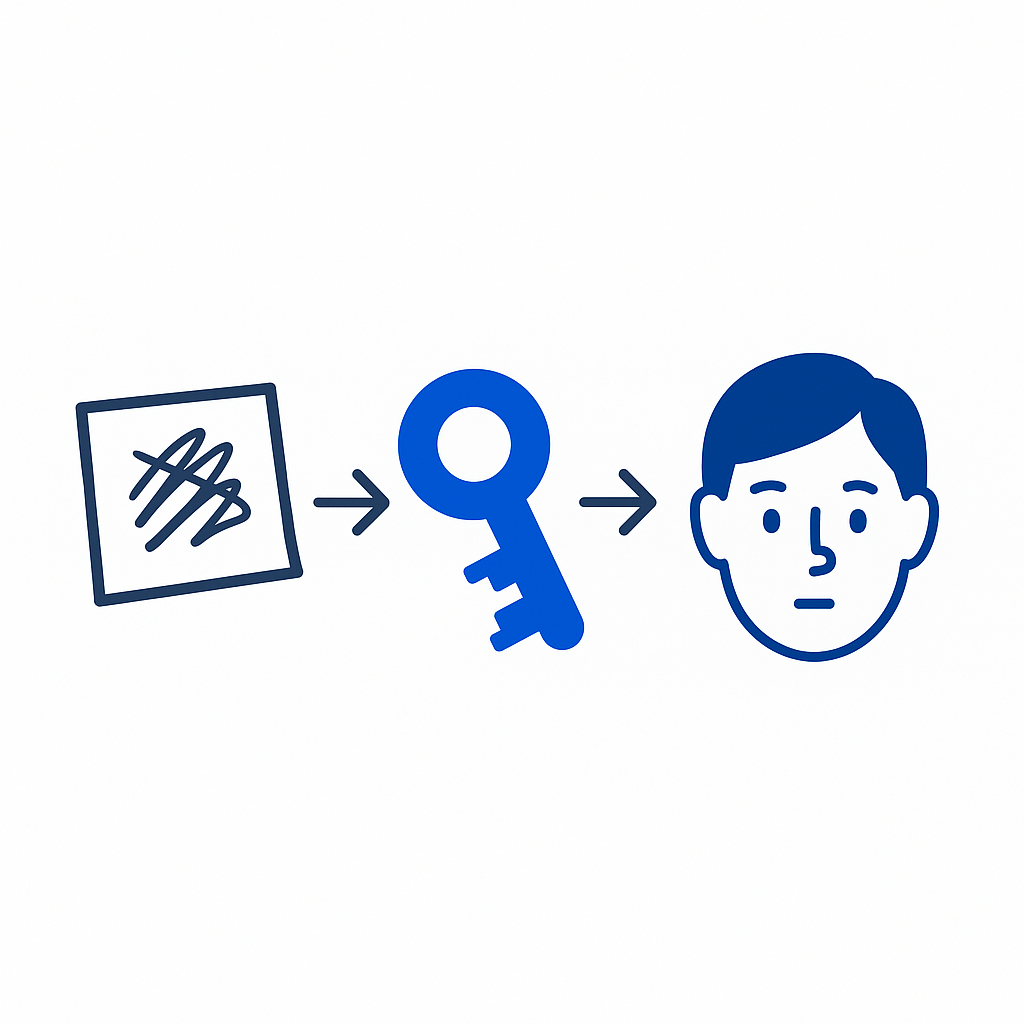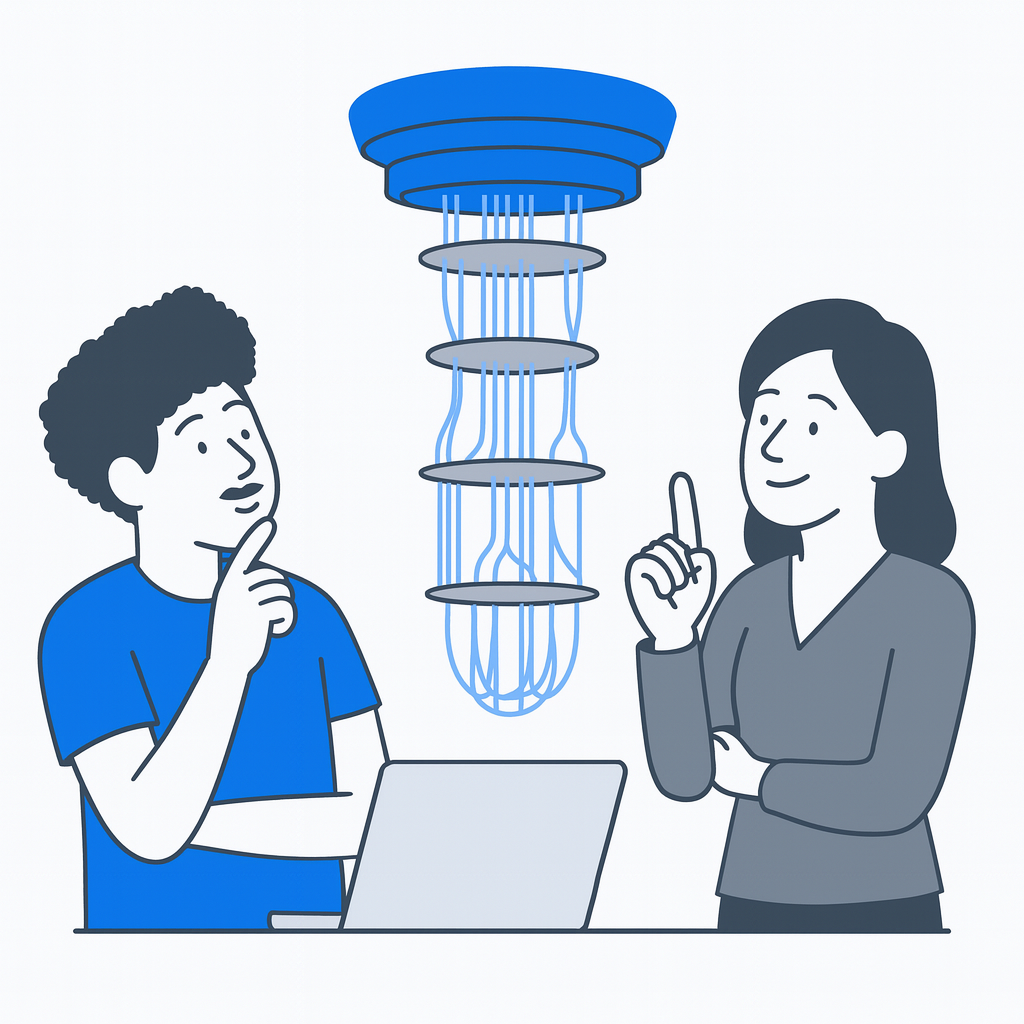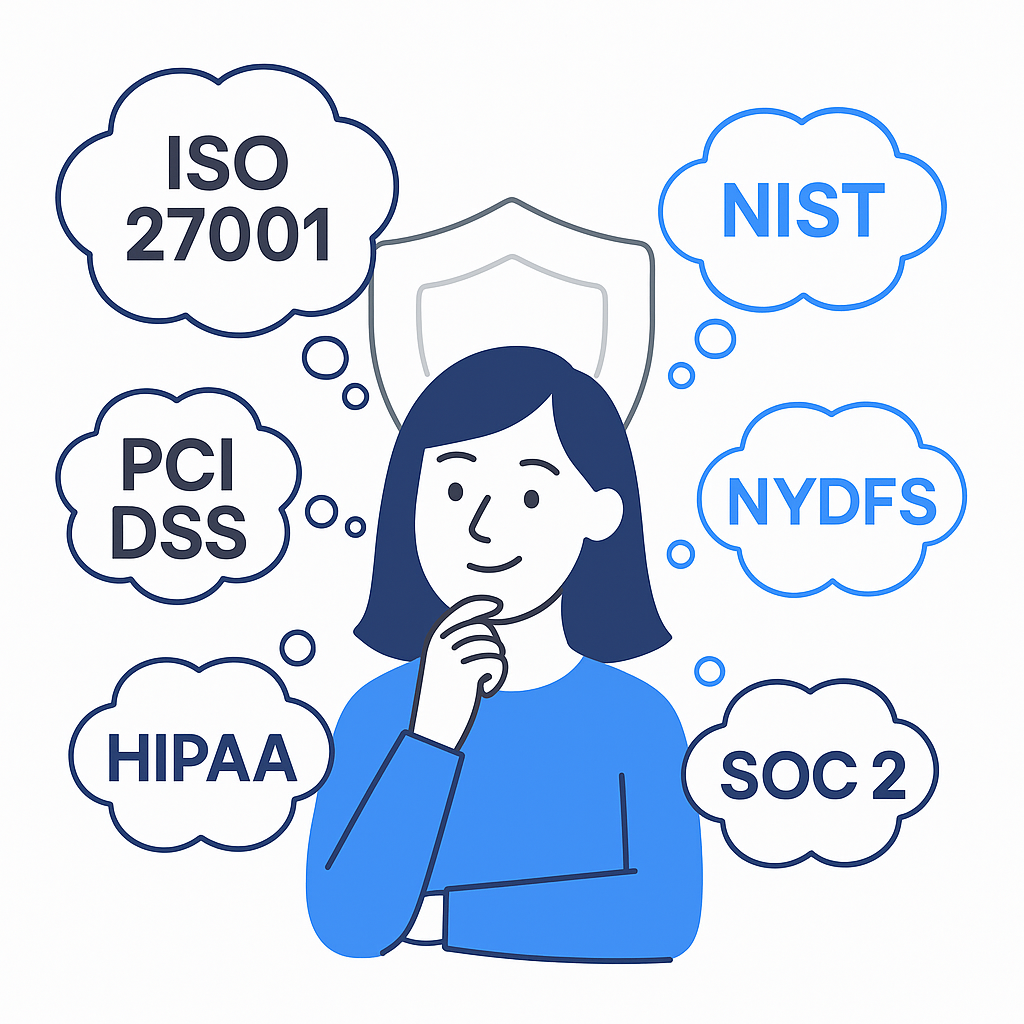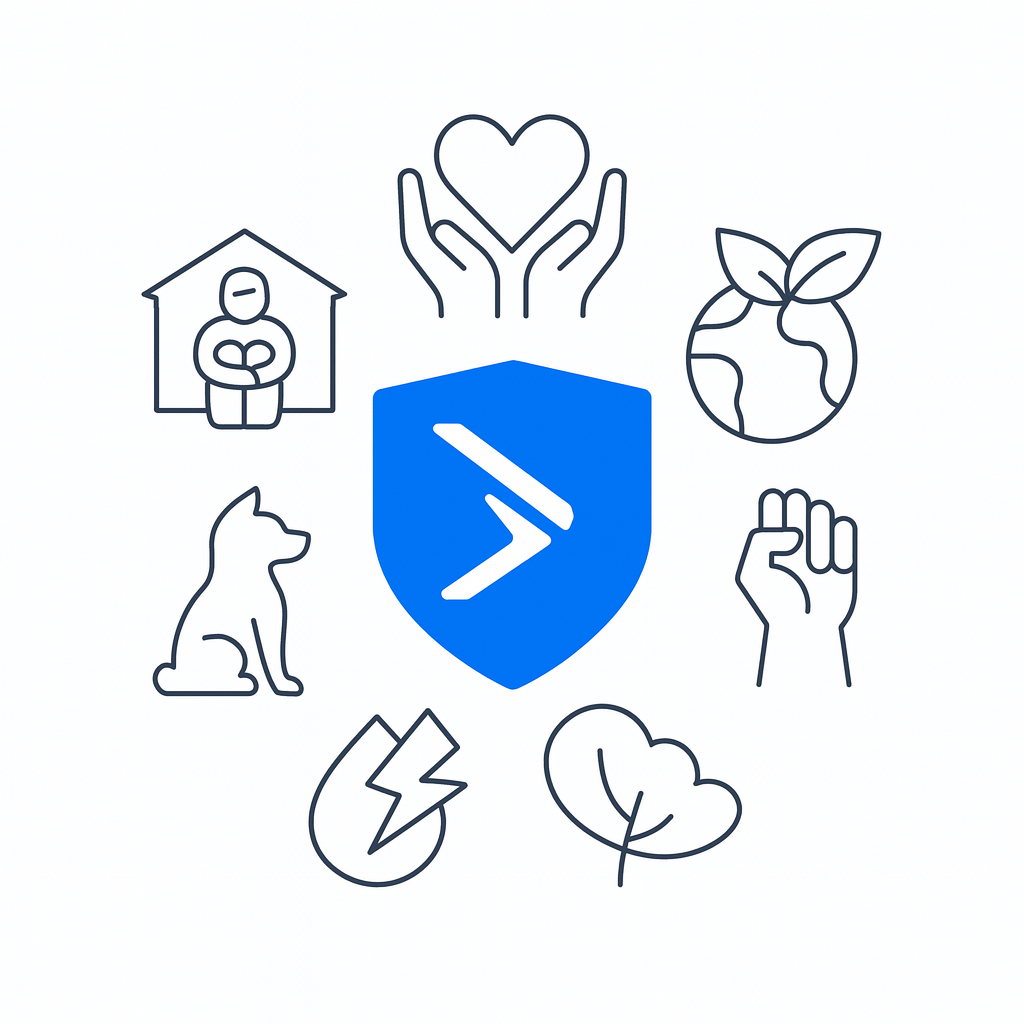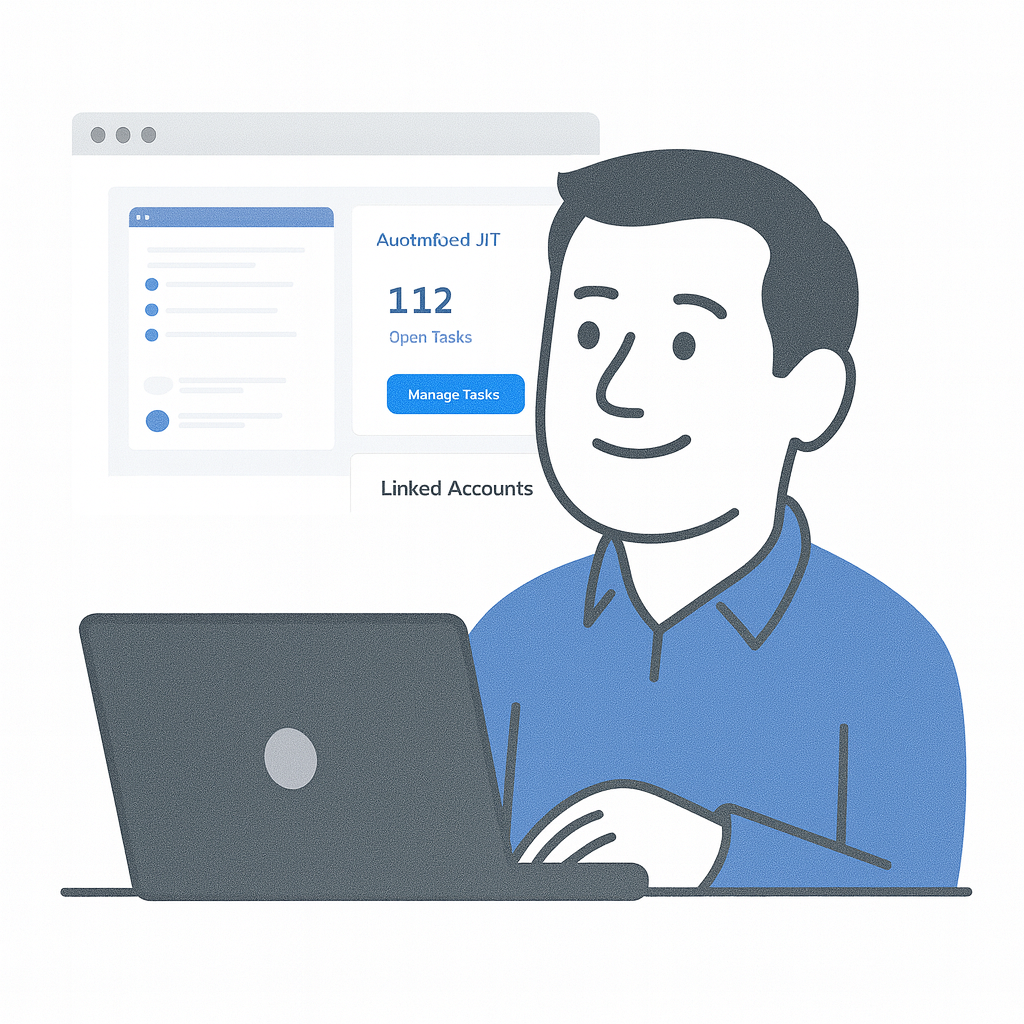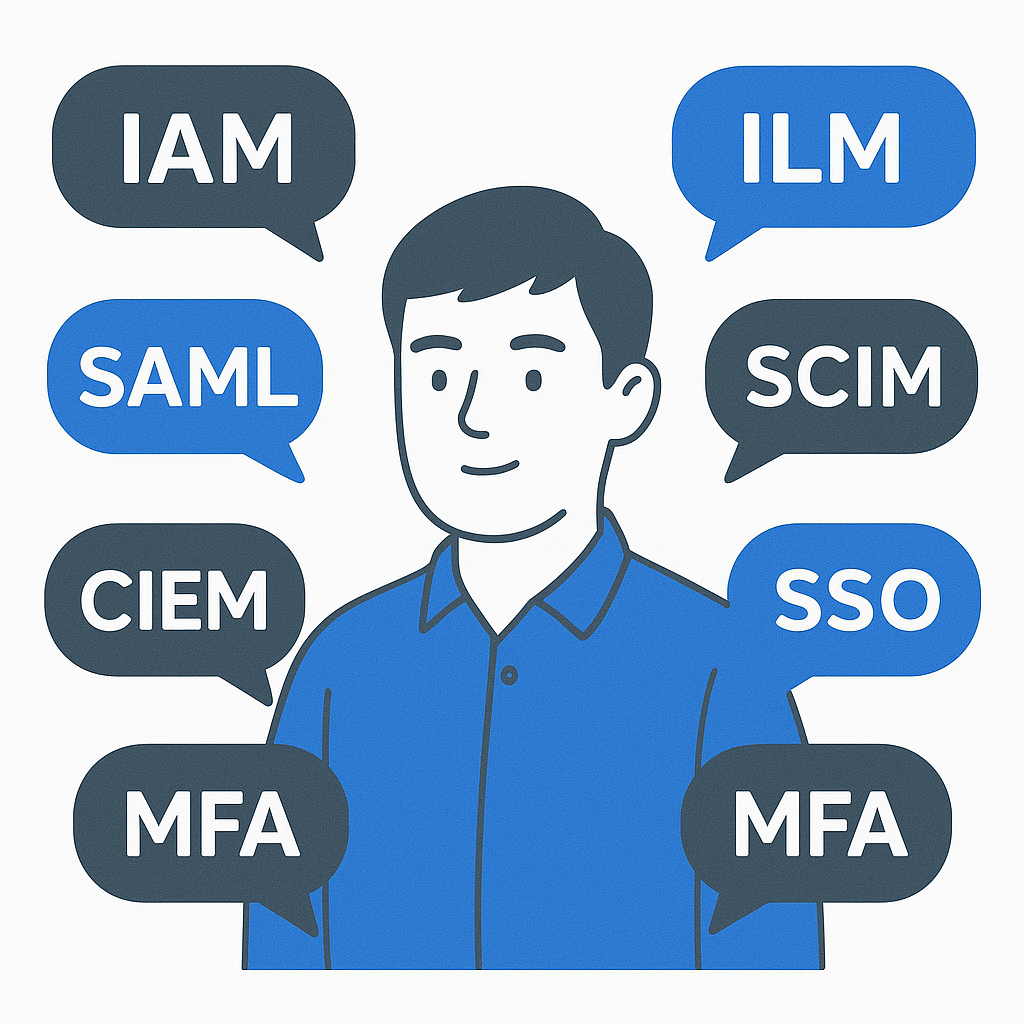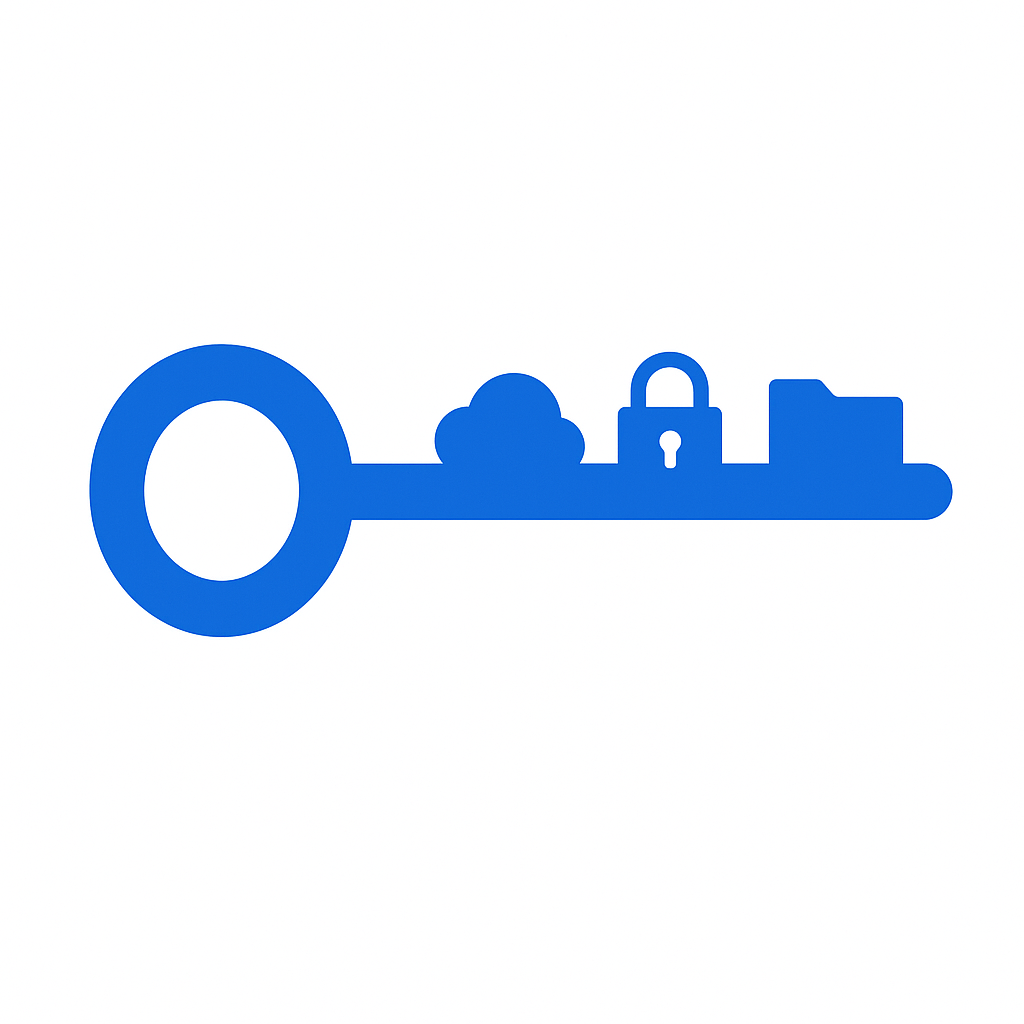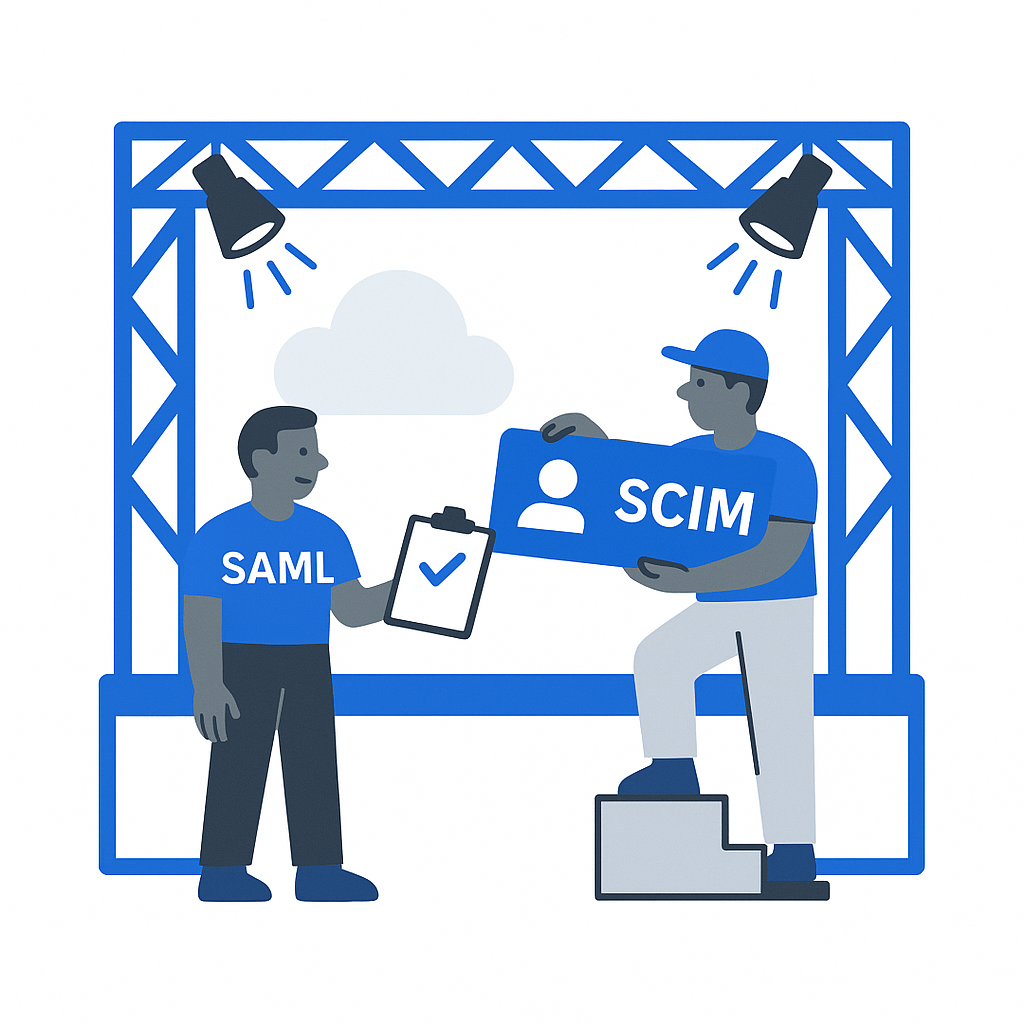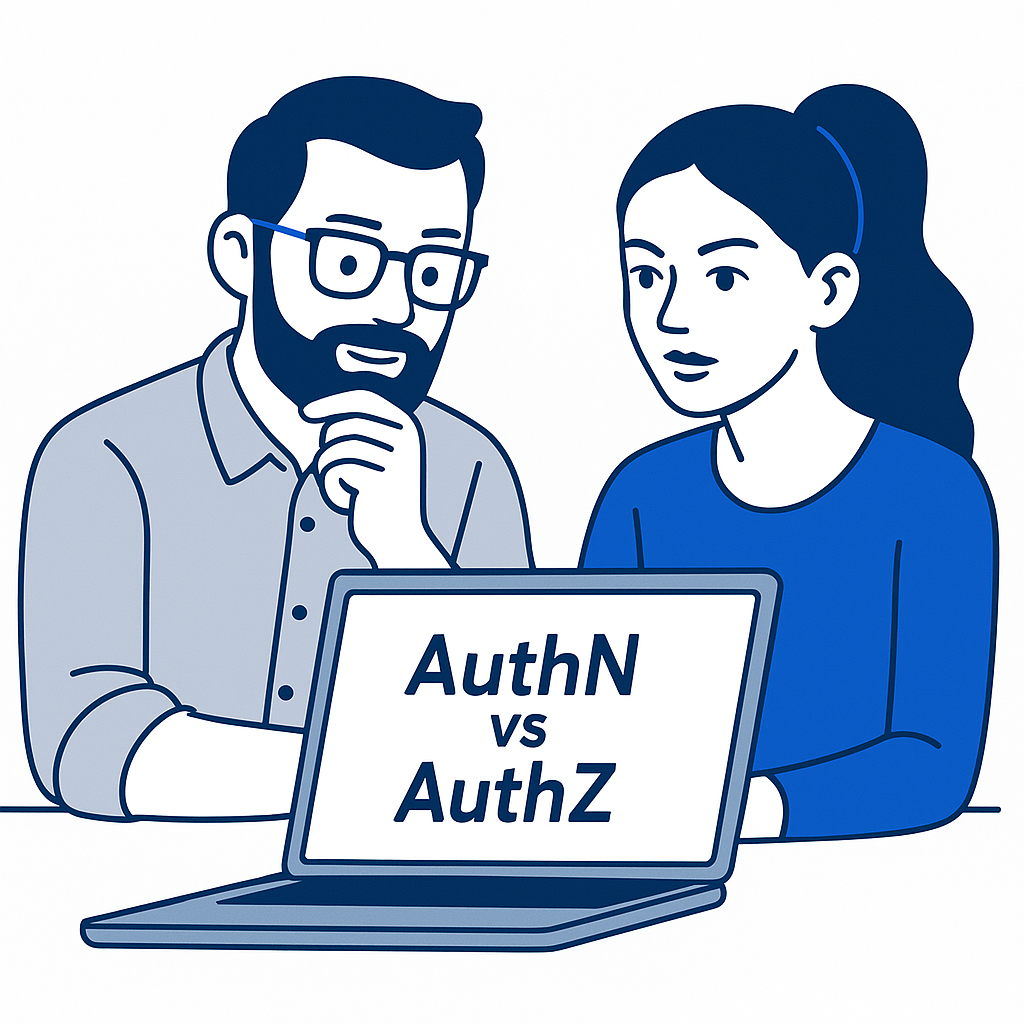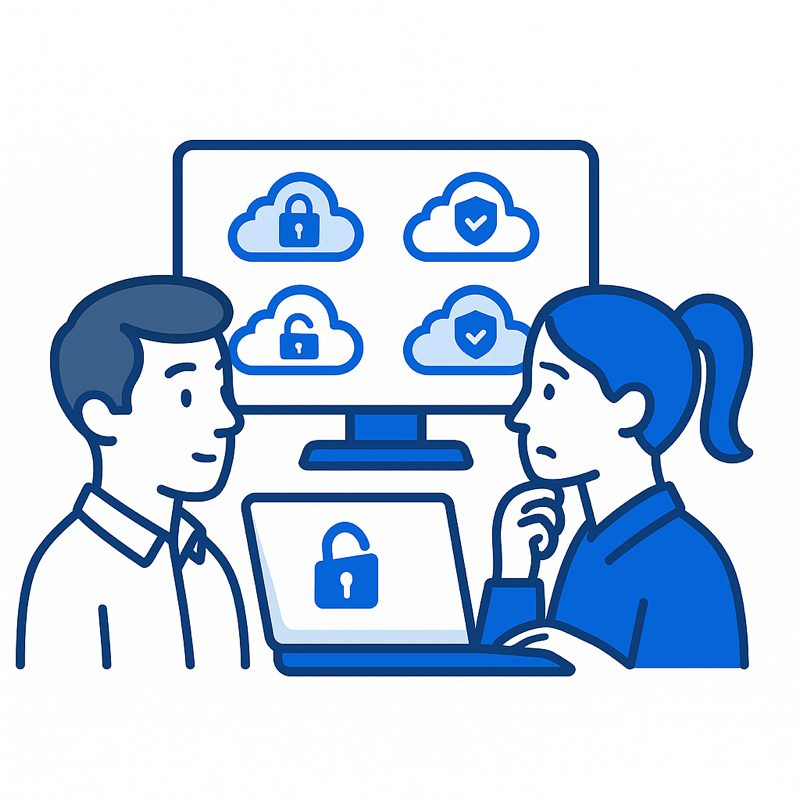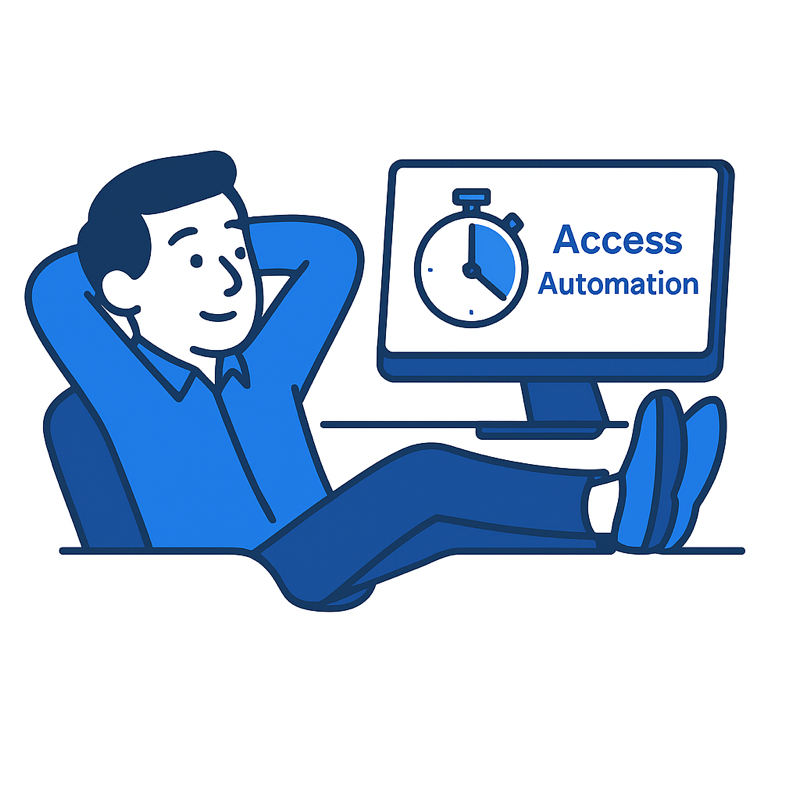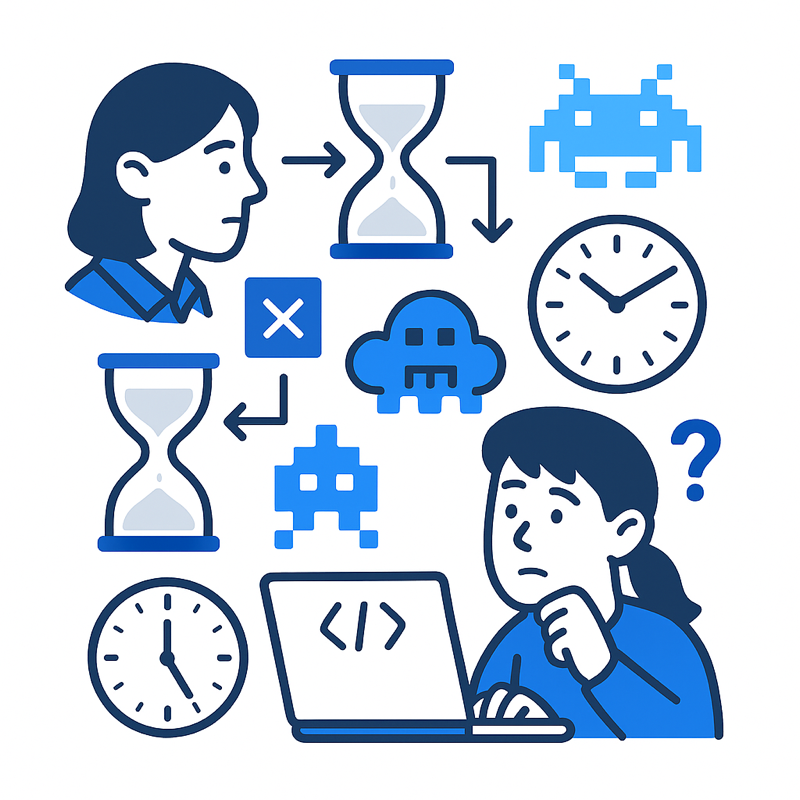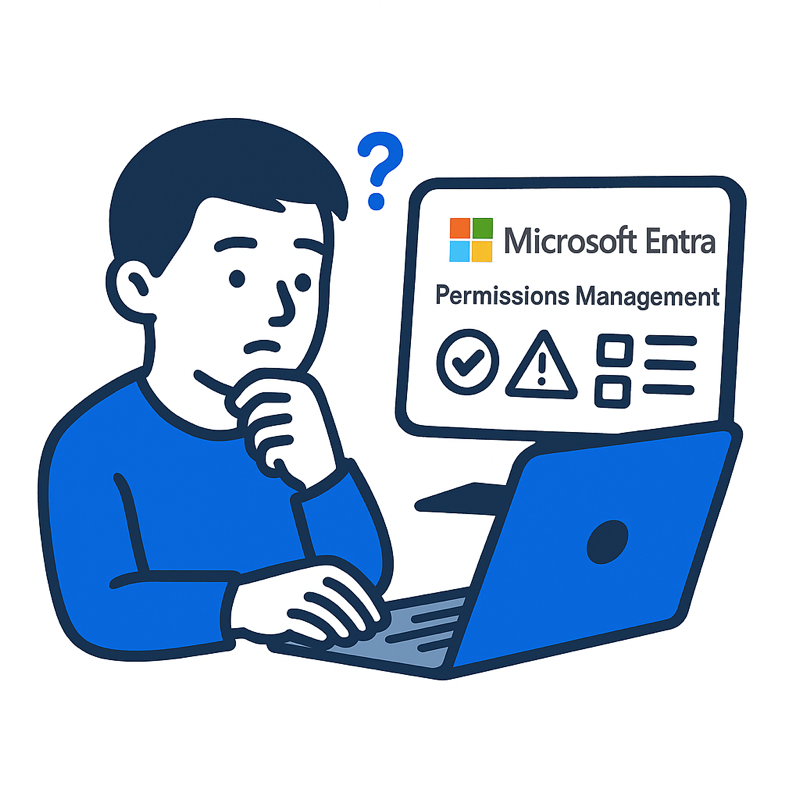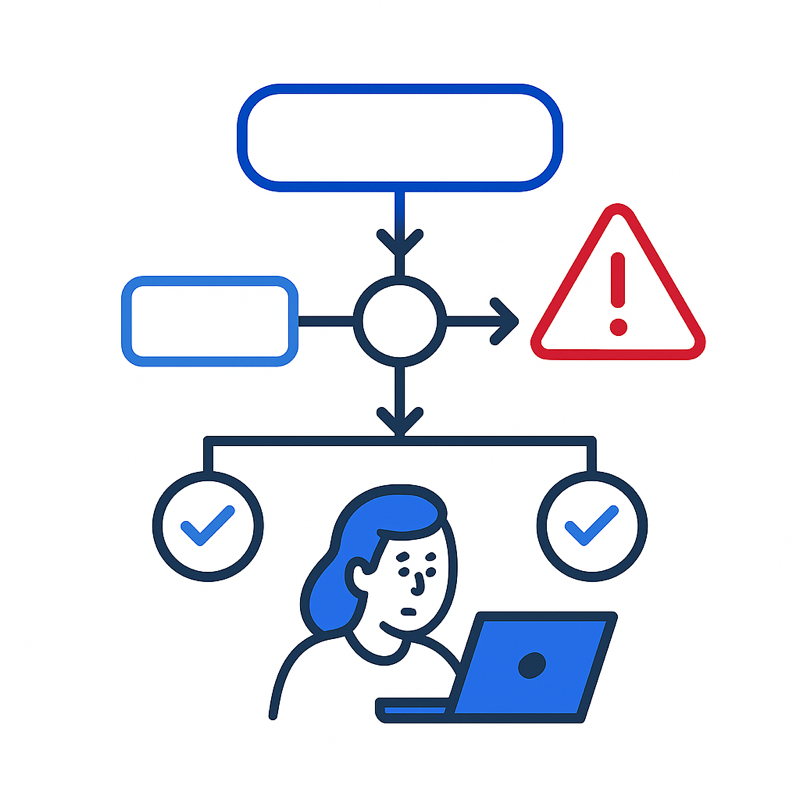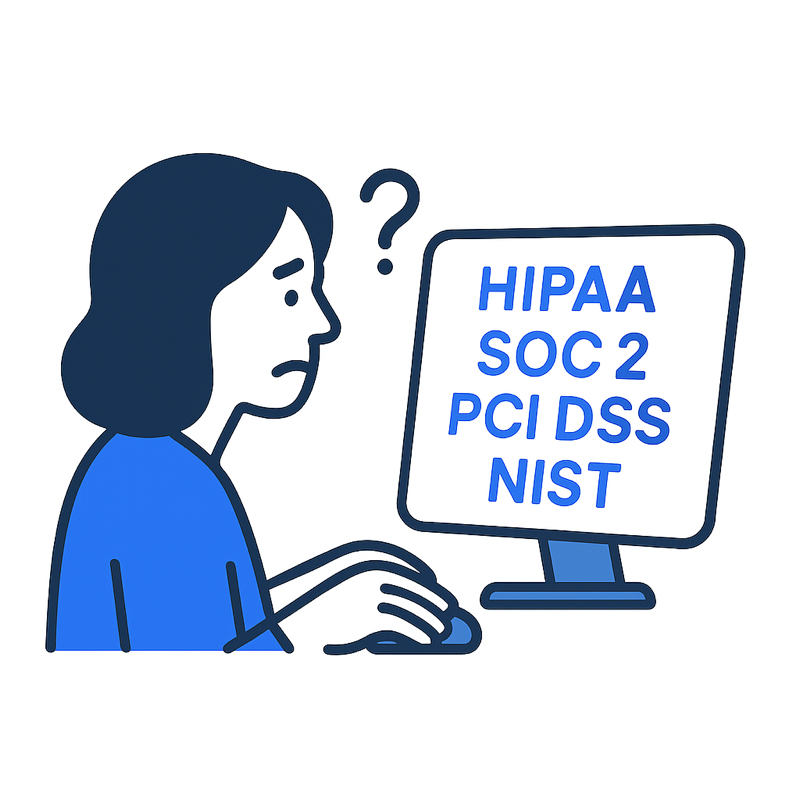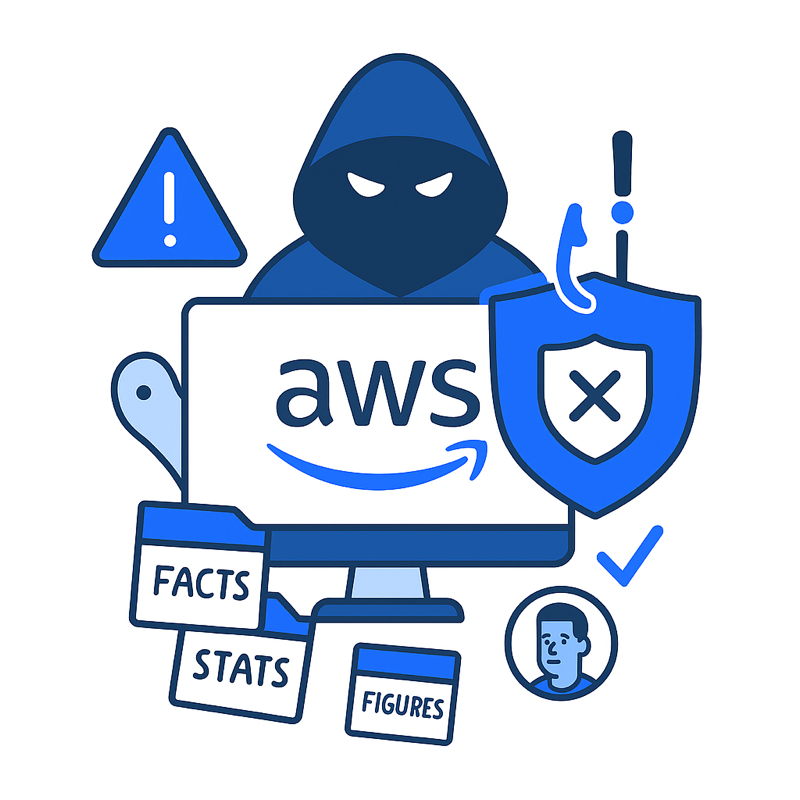Why Process Orchestration Security Needs JIT and Access Management
(Before It Eats Our Cloud)
Process orchestration is the darling of modern DevOps and an area where I recently spent a year writing for one of the best providers in the business.
It’s what makes our software updates seamless, our infrastructure scale on demand, our customer onboarding processes painless, and our microservices magically scale at 2 AM. But here’s the sordid little secret nobody likes to talk about: many orchestration systems could be security time bombs.
They’re fast, efficient, and worryingly over-privileged.
Without proper process orchestration security, those elegant workflows can become the perfect attack vector. Attackers know that orchestrators often hold godlike permissions, with standing access to production systems, databases, and APIs. One compromised pipeline later, and our “automation” is automatically deploying someone else’s malware.
This is where Just-In-Time (JIT) access and Privileged Access Management (PAM) step in. Together, they transform orchestration from a potential cybersecurity liability into a secure, resilient backbone for our digital operations.
The Fragile State of Process Orchestration Security
Most orchestration pipelines still run on long-lived credentials and overly permissive service accounts. These accounts often have the ability to spin up and tear down infrastructure, deploy production code, and reconfigure sensitive systems. All without asking for human oversight.
This model is a gift for attackers. Breaches like SolarWinds, Codecov, and CircleCI showed how vulnerable orchestration environments can be when access controls are an afterthought. In the CircleCI breach, attackers leveraged stolen environment tokens to exfiltrate customer data. And SolarWinds? That was the poster child for supply chain attacks delivered straight through a compromised build system.
The lesson? Process orchestration security isn’t optional. It’s the difference between automation that accelerates our business and automation that helps attackers own it.
Just-In-Time Access: A New Paradigm for Orchestration Security
The cornerstone of secure orchestration is removing permanent privileges. With JIT access, orchestration tools don’t hold keys to the kingdom 24/7. Instead, they request access only when needed, for the shortest possible time.
Here’s how it works:
- IAM group membership is provisioned per task
- Least privilege is enforced: Only what’s necessary, nothing more
- Membership is automatically revoked when the job finishes
Even if a token leaks or a process is hijacked, attackers hit a wall. Outside the narrowly defined execution window, there’s no privilege for them to abuse.
This kind of time-bound access control is the foundation of strong process orchestration security. It aligns beautifully with modern Zero Trust principles and stops our orchestrator from becoming the soft underbelly of our cloud infrastructure.
Why Privileged Access Management Completes the Picture
JIT is a powerful start, but orchestration security also needs PAM to rein in the sprawl of privileged accounts and secrets.
Privileged Access Management:
- Automatically identifies stale secrets to counter stolen, default, or shared passwords and keys
- Removes hardcoded secrets from orchestration configs (goodbye, plaintext API keys)
- Enables human-in-the-loop approvals for sensitive actions
Imagine a build pipeline trying to push schema changes to production. With PAM, it doesn’t just execute blindly. It pauses, requests elevated permissions, and waits for an authorized approval. It’s safe, and compliant with international cybersecurity standards.
Yes, this introduces a minor speed bump. But it’s a small price to pay when the alternative is an attacker using our orchestrated systems to potentially roll out ransomware at scale.
Zero Standing Privileges: The Endgame for Safe Automation
Combine JIT and PAM and you’re on a direct path to Zero Standing Privileges (ZSP).
In a ZSP model, no accounts hold permanent admin rights. Orchestration tools get privileges only for the duration of a task, and access is provisioned and revoked dynamically, with full audit trails.
This dramatically reduces our attack surface. Even if an attacker compromises our orchestration system, there are no juicy Godmode service accounts waiting to be abused.
This is what process orchestration security should look like in 2025: automated, granular, and ruthlessly ephemeral.
Why Safe Orchestration Matters More Than Ever
Process orchestration is only growing in importance as organizations embrace complex, multi-cloud environments and faster release cycles. But complexity breeds risk. Orchestration tools are now high-value targets for attackers looking to shortcut their way into production.
By baking process orchestration security into our pipelines from day one, we can keep automation as our ally and not our adversary.
Process orchestration security is a must for so many use cases:
- CI/CD pipeline deployments: Limit orchestration tools to temporary access for production pushes, blocking attackers from using stale credentials.
- Automated cloud infrastructure scaling: Grant ephemeral permissions to spin up/down resources without leaving standing admin privileges in AWS, Azure, or GCP.
- Database migrations and updates: Require JIT-approved elevated access for schema changes to prevent accidental or malicious data corruption.
- Patch management workflows: Allow orchestrators short-lived access (perhaps just the second Tuesday of each month) to install updates across systems without broad, permanent access.
- Incident response automation: Give orchestration scripts time-bound privileges to quarantine compromised assets without risking lateral movement.
- Third-party API integrations: Control access for orchestration processes connecting to external APIs, avoiding long-lived API tokens that can be exploited.
Honestly, the list goes on. And on. And on…
Automation Without Guardrails is Dangerous
Orchestration promises speed and efficiency, but without JIT access and PAM, it’s like handing our Jenkins server the nuclear codes and hoping for the best. “Shall we play a game?” No thanks.
Safe process orchestration isn’t going to slow down our workflows. It’s about enforcing the principle of least privilege at machine speed and ensuring that automation doesn’t accidentally open the doors for bad actors to walk in and rifle through our cloud cupboards. Nowadays, process orchestration security isn’t a “nice to have.” It’s the only way to keep our automation fast, efficient, and most importantly, trustworthy.
If we want to make our orchestration pipelines breach-resistant, we need to start by asking this: Do the components of this process really need permanent access? If the answer is no, and it usually is, it’s time to bring JIT and PAM into the mix. Secure orchestration isn’t a compromise on speed. It’s an essential investment in resilience.




